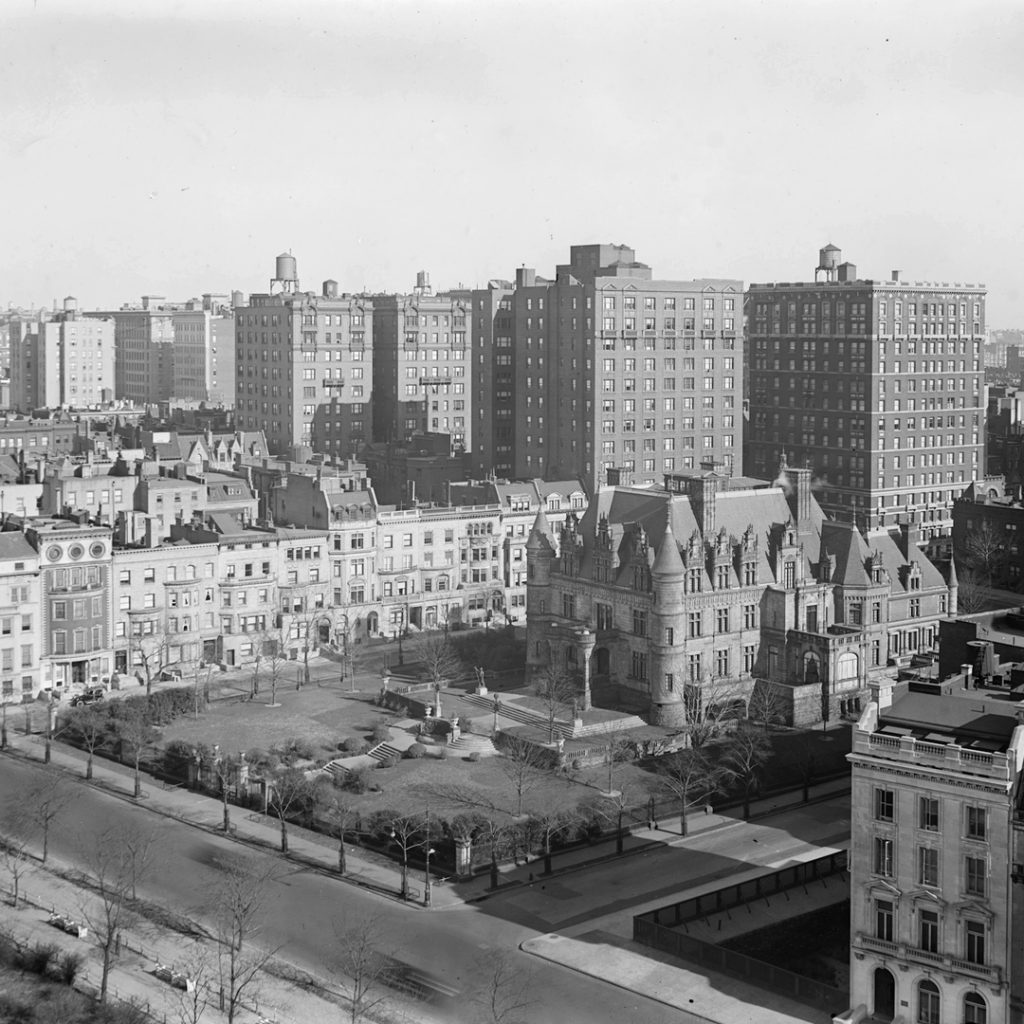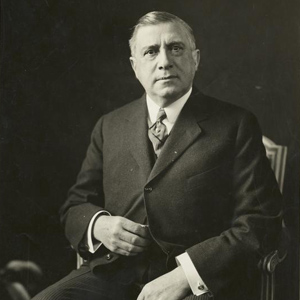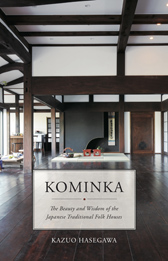<Excerpt from New York Offbeat Walks: Upper West Side>

Now start to walk along Riverside Drive. In the last few years of the 19th century, the Drive failed to attract many very wealthy residents, yet remained out of reach of middle class residents. However, a number of mansions were built, soon followed by upscale apartment blocks—by 1910 there were 24 such blocks along the Drive. This was part of a mini-revolution in the city, as for much of the 19th century respectable members of society would never have dreamt of living in an apartment. One attraction here was of course the Park, and views over the Hudson. The Upper East Side, whose development began earlier than the UWS, was also getting “full.” However, rail traffic and heavy industry along the shoreline led to friction with residents—one factor that led to Moses’s expansion of the Park in the 1930s.
Just after 73rd Street at 11 Riverside Drive is (11) The Schwab House, built in 1950 and containing 636 apartments. It is named for millionaire steel magnate Charles M. Schwab and his grand mansion “Riverside” that once occupied this whole block. Expect to pay about $3.5 million for a decent apartment here.
Charles M. Schwab (1862-1939) overcame humble beginnings to become president of the United States Steel Corporation, a role that enabled him to fund a vast 75-room French chateau-style mansion on this site. It was completed in 1906—the heyday of mansion development on Riverside Drive—and Schwab paid a then record sum of $865,000 to acquire the block from the New York Orphan Asylum (which was subsequently demolished). However, Schwab’s subsequent history and mansion were not untypical of his time. He lost a great deal of money during the Great Depression and died insolvent, living in a tiny apartment (like most other New Yorkers). His grand house was torn down in 1948 to be replaced by this mansion block. It is a shame as this was one of the grandest private residences ever built in Manhattan.

 MUSEYON BOOKS Smart City Guides for Travel, History, Art and Film Lovers
MUSEYON BOOKS Smart City Guides for Travel, History, Art and Film Lovers


